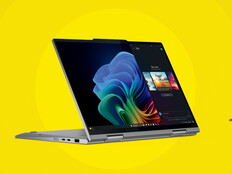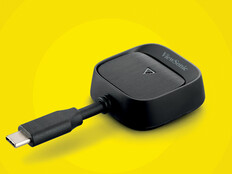1. Assess Current Infrastructure
Determine whether your school’s current classroom displays can be upgraded with newer technology. Many modern IFPs come with swappable Open Pluggable Specification units. Although almost every display manufacturer uses OPS units, some manufacturers’ OPS units may not work on another manufacturer’s board. It’s important to check all compatibility requirements before purchasing OPS form-factor devices or upgrading to a new interactive whiteboard.
2. Leverage OPS Units for Cost Savings
Some OPS units can be purchased for significantly less than a new board, making it a more economical option for schools. Choose IFPs that are adaptable for future needs. A nonoperating system board paired with modular OPS units can be an affordable and scalable alternative to costly replacements.
READ MORE: How you can implement the right solutions for your school or district.
3. Consider the Functionality of Interactive Whiteboards for Adoption
When it comes to enhancing the teacher and student experience, familiarity is everything. Look for panels with universal compatibility and functionality that support multiple operating systems. For example, LG Createboards use the ChromeOS Flex certified slot-in OPS, offering the benefits of the full Chrome browser including extensions and the Google Admin console. Choosing IFPs that use OSs teachers are familiar with can make the adoption rate skyrocket.
4. Collaborate With Trusted Partners
Engage with vendors or educational technology specialists who can provide a tailored audiovisual roadmap. A vendor-neutral approach ensures that you select tools aligned with your educational goals rather than just flashy features. These third parties can address questions and concerns you might have and find the right classroom technology strategy to meet your unique needs.












